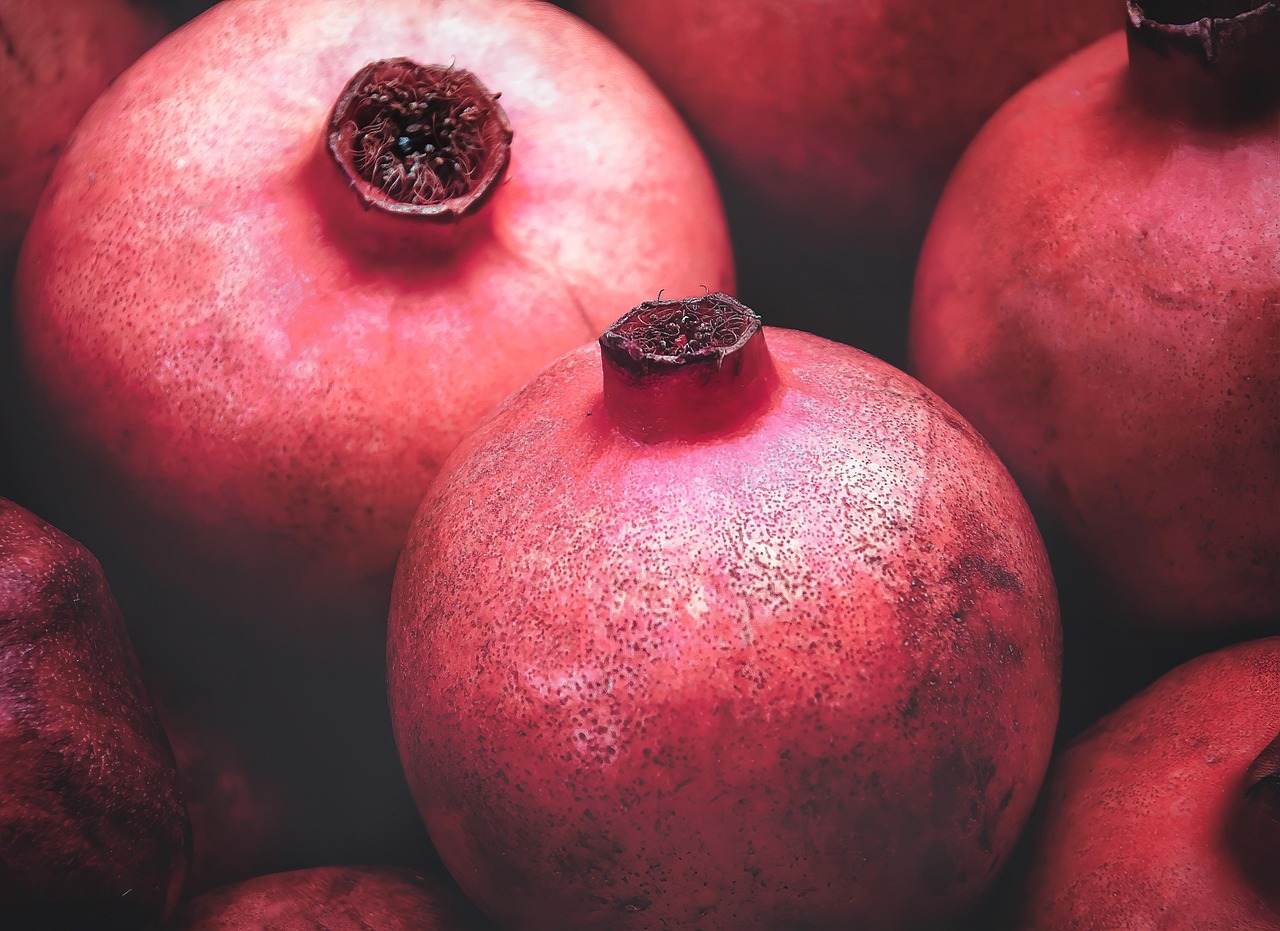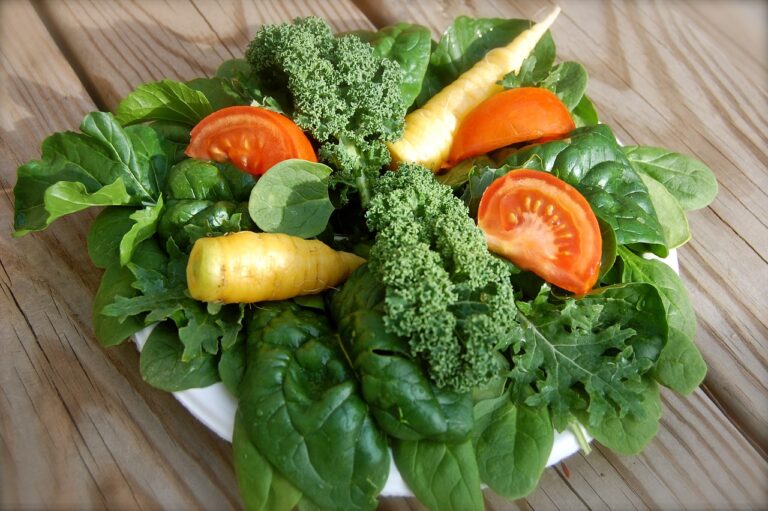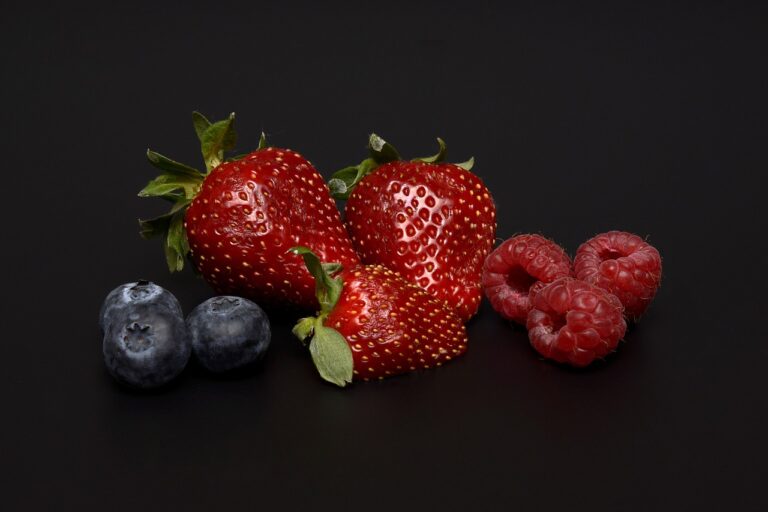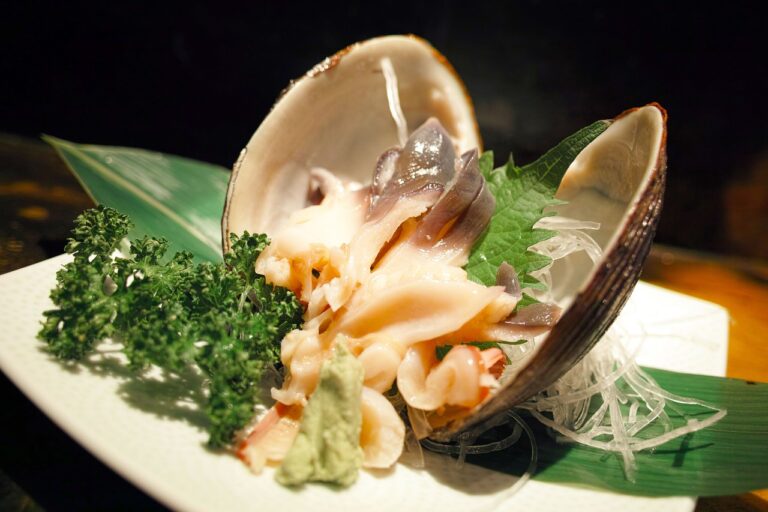Food Blogging: Navigating the World of Culinary Content Creation
Starting a food blog can be an exciting and fulfilling endeavor for those passionate about food and writing. The first step in creating your own food blog is to decide on a niche that aligns with your interests and expertise. Whether you’re drawn to baking, vegan cuisine, Asian fusion, or any other culinary theme, selecting a niche will help you establish a clear identity for your blog and attract a specific audience.
Once you’ve chosen your niche, the next step is to select a blogging platform that suits your needs. Popular options like WordPress, Blogger, and Squarespace offer user-friendly interfaces and customizable designs to help you create a visually appealing blog. Additionally, consider purchasing a domain name that reflects the theme of your blog and is easy for readers to remember. With your niche and platform in place, you’re ready to start brainstorming content ideas and bringing your food blog to life.
Finding Your Niche in the Food Blogging World
When delving into the world of food blogging, it’s essential to find your niche to stand out amongst the sea of content creators. A niche not only helps you target a specific audience, but it also allows you to establish yourself as an expert in a particular area of the culinary world. Consider your own unique experiences, passions, and expertise when defining your niche.
Whether it’s gluten-free baking, plant-based recipes, budget-friendly meal planning, or gourmet cooking techniques, your niche should reflect what sets your content apart from others. Remember that being authentic and passionate about your chosen niche will not only attract like-minded readers but will also keep you motivated and engaged in creating content that resonates with your audience.
Creating Engaging and High-Quality Content
When it comes to creating engaging and high-quality content for your food blog, authenticity is key. Your audience wants to connect with real experiences and stories, so be genuine in your writing and share your passion for food in a sincere manner. Share personal anecdotes, tips, and insights that will resonate with your readers and keep them coming back for more.
In addition to being authentic, it’s important to invest time in creating visually appealing content for your food blog. High-quality photos of your recipes, ingredients, and dining experiences can captivate your audience and enhance the overall appeal of your blog. Pay attention to lighting, composition, and styling to ensure that your photos are both aesthetically pleasing and informative. Remember, a picture is worth a thousand words, so let your photos tell a story and draw your readers in.
Authenticity is key when creating engaging content for your food blog
Share personal anecdotes, tips, and insights to connect with your audience
Be genuine in your writing and show your passion for food sincerely
Invest time in creating visually appealing content for your food blog
High-quality photos can captivate your audience and enhance the appeal of your blog
Pay attention to lighting, composition, and styling to make sure your photos are aesthetically pleasing
How do I start a food blog?
To start a food blog, first choose a platform to host your blog, then decide on a unique name and domain. Next, create high-quality content, including recipes, food photography, and personal stories related to food.
How do I find my niche in the food blogging world?
Finding your niche in the food blogging world involves identifying a specific topic or angle that sets your blog apart from others. This could be focusing on a specific cuisine, dietary restriction, cooking technique, or type of food (e.g. desserts, comfort food).
How can I create engaging and high-quality content for my food blog?
To create engaging and high-quality content for your food blog, focus on providing valuable information, beautiful photography, and compelling storytelling. Experiment with different types of content, such as recipes, tutorials, restaurant reviews, and personal anecdotes, to keep your audience interested.







